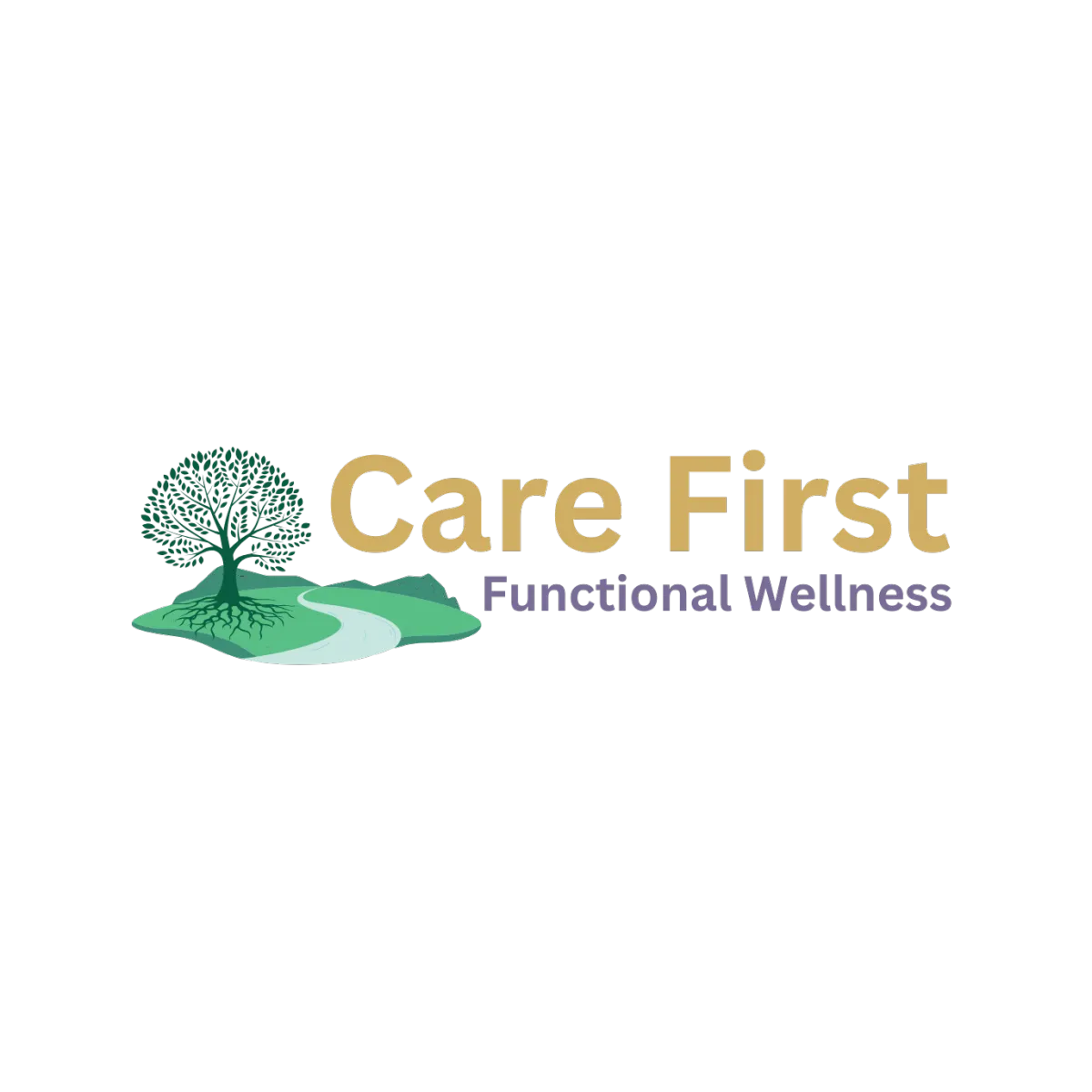Stay informed with the latest insights and resources
Our team of experts shares valuable tips, success stories, and practical advice to support you on your wellness journey.


What is Histamine Intolerance?
🌿 Understanding Histamine Intolerance: How to Identify, Manage, and Heal with Food
Do you feel like your body overreacts to certain foods, but food allergy tests always come back normal? Do you deal with symptoms like skin rashes, bloating, fatigue, or headaches that seem to come and go without reason?
You may be dealing with something called histamine intolerance—a condition that flies under the radar, yet can have a major impact on your quality of life.
Let’s explore what histamine is, how to know if it’s a problem for you, and how to use food and functional strategies to get back in balance.
🧬 What Is Histamine?
Histamine is a naturally occurring chemical in your body involved in:
Immune responses (think allergies and inflammation)
Digestion (especially stomach acid production)
Brain function (as a neurotransmitter)
While histamine is vital for many bodily functions, too much of it can cause symptoms that mimic allergies, hormonal imbalances, gut issues, or even anxiety. Your body is supposed to break down histamine using an enzyme called DAO (diamine oxidase) — but when that doesn’t happen efficiently, you can develop histamine intolerance.
⚠️ What Is Histamine Intolerance?
Histamine intolerance happens when there's too much histamine in your system and your body can’t break it down fast enough. This can be due to:
A deficiency in DAO enzyme (often due to gut inflammation or genetics)
An overproduction of histamine (often from chronic inflammation or gut imbalance)
Histamine-rich foods or medications that release histamine
🚨 Common Symptoms of Histamine Intolerance
Histamine affects multiple systems in the body, which is why symptoms can vary so much:
Skin:
Hives, rashes, eczema, itchy skin, flushing

Digestive:
Bloating, gas, diarrhea, nausea
Neurological:
Headaches, migraines, dizziness, brain fog
Respiratory:
Nasal congestion, sneezing, asthma-like symptoms
Hormonal & Nervous System:
Anxiety, irritability, insomnia, heart palpitations, PMS
🧪 How Do You Find Out If You Have It?
There’s no single test that definitively diagnoses histamine intolerance, but here are some tools:

1. Symptom Diary
Track your symptoms and meals. If you feel worse after eating certain foods (like leftovers, wine, or cheese), that’s a clue.
2. Elimination Diet (Most Common Tool)
Remove high-histamine and histamine-releasing foods for 2–4 weeks. Then reintroduce slowly to see which foods trigger symptoms.
3. Blood or Urine Tests (optional)
Some practitioners test:
DAO enzyme levels (blood)
Histamine levels (blood or urine)
Gut health panels (to assess inflammation or dysbiosis)
Note: These tests are supportive but not always 100% accurate — that’s why symptom tracking and food trials are key.
🥗 Using Food to Heal: The Low Histamine Diet
A low histamine diet is a short-term plan to reduce your histamine load, calm inflammation, and uncover your body’s food triggers.
✅ Focus On:
Freshly cooked meats (no leftovers)
Low-histamine veggies: carrots, zucchini, lettuce, broccoli, squash

Fruits like blueberries, apples, kiwi, and dragonfruit
Grains like rice, quinoa, buckwheat, and sweet potatoes
Healthy fats: olive oil, coconut oil, ghee
Herbal teas (non-fermented)
🚫 Avoid:
Aged or fermented foods (cheese, wine, sauerkraut, soy sauce)
Canned or smoked meats/fish
Spinach, tomatoes, avocados, eggplant
Citrus fruits, bananas, strawberries
Nuts, chocolate, and leftovers
🌱 Functional Ways to Support Histamine Breakdown
Managing histamine intolerance isn't just about what you take out — it’s also about supporting the systems that clear it:
1. Boost DAO Enzyme Naturally
Nutrients that support DAO: Vitamin C, B6, copper, zinc
Avoid alcohol and energy drinks, which block DAO
Consider DAO enzyme supplements (taken with meals)
2. Heal the Gut
Use gut-friendly foods and supplements (like bone broth, L-glutamine, low-histamine probiotics)
Avoid unnecessary antibiotics and inflammatory foods
Address root causes like SIBO, leaky gut, or mold toxicity
3. Balance Detox Pathways
Stay hydrated and eat bitter greens
Support liver function with cruciferous vegetables
Use functional tools like dry brushing, sauna, or castor oil packs
4. Manage Stress
Stress can raise histamine levels and make symptoms worse. Try:
Breathwork, meditation, prayer, or journaling
Gentle movement like yoga or nature walks
Prioritize consistent, restorative sleep
🔄 Will It Go Away?
The good news is, histamine intolerance can be reversed for many people—especially when the root causes are addressed. Once your gut heals and inflammation calms, you may find you can tolerate some of the foods that once caused issues.
Remember: this is a journey, not a life sentence.
💬 Final Thoughts
If your symptoms have been brushed off or misdiagnosed, don’t give up. Histamine intolerance is real—and healing is possible with a clear, compassionate, and functional approach.
Working with a wellness practitioner can help you personalize your path, fine-tune your nutrition, and get to the root of your symptoms.
📩 Ready to reset your body and uncover what’s really going on?
Let’s create a personalized plan that supports your gut, balances your histamine levels, and brings your body back into harmony.👇
https://api.leadconnectorhq.com/widget/booking/3MHUOqsDRRCQBPEYxiA6
#FunctionalWellness #HistamineIntolerance #RootCauseHealing #LowHistamineDiet #HolisticHealth #GutHealing #ChronicSymptoms #FoodAsMedicine
Contact Us
Call Us Now
(276)-601-2249
